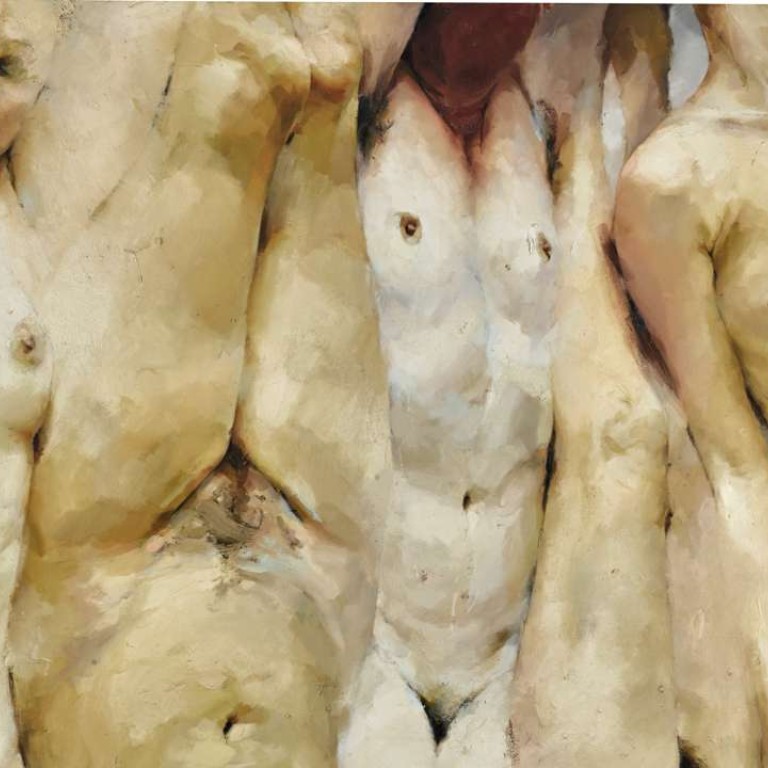
Shanghai museum’s SHE a timely exploration of women’s art down the ages
Ambitious Long Museum show, featuring works spanning 10 centuries by artists from 13 countries, runs the gamut from Song dynasty calligraphy to Emperor Cixi ink scroll to Tracey Emin
With another woman British prime minister in power and the election of America’s first woman president a distinct possibility, the theme of the “SHE” exhibition in Shanghai – a city known to raise strong women – feels timely.
The cavernous space of the Long Museum features works by 105 woman artists from 13 countries and 10 centuries. The exhibition is billed as the first in China to bring together works by woman artists of such wide geographical and temporal scope.
From the daring to the decorative, “SHE” embraces the complexity of women’s art through the ages. To have Tracey Emin’s neon sign The Last Great Adventure is You (2014) sharing space with Empress Cixi’s poetic blossom ink scroll must be unprecedented.

Wang Wei, the museum’s director and an avid art collector, has taken on the task of curating the exhibition with gusto. To provide some structure to this exploration of female artists, she has divided it into four chapters.
“Self-annihilation” focuses on artists who worked in male-dominated societies which imposed strict limits on women expressing their talents. “Self-liberation” covers the 20th century, when women’s movements developed in the West and the People’s Republic of China was born, with Mao Zedong proclaiming that “women hold up half the sky”.

The chapters are a clever way of arranging works that range from political works such as Lin Tianmiao’s huge patchwork carpet Protruding Patterns (2014) in shades of red and pink and featuring epitaphs of women in Chinese and English, to the delicate and precise Song dynasty calligraphic script A cool a refreshing state of mind, Seven-character verse in regular script by Yang Meizi, from 1219 – the oldest work in the collection.

There are plenty of stops and starts to the exhibition; “SHE” weaves between eras and between East, West and in between. Works by Middle Eastern artists, such as Iranian Shirin Neshat’s Untitled (1994/2005) from the Women of Allah series, are some of the most riveting.
There are globally significant works, such as Yoko Ono’s blue staircase sculpture To see the sky (2015) and US artist Louise Bourgeois’ menacing Crouching Spider (2003), alongside works better known in East Asia such as Cai Jin’s Magenta Background or Yu Hong’s Us Two: Yu Hong and Zhao Bo No2 (2007).
The peripatetic pace of “SHE” serves as a literal and metaphorical reminder of the scope of women’s art, “a reminder to the visitor – learn what ‘she’ has achieved, care about what ‘she’ is pursuing, and support what ‘she’ is longing for” in the words of Wang.
Until October 30
The Long Museum, No.210, Lane 2255, Luoshan Road, Shanghai.

